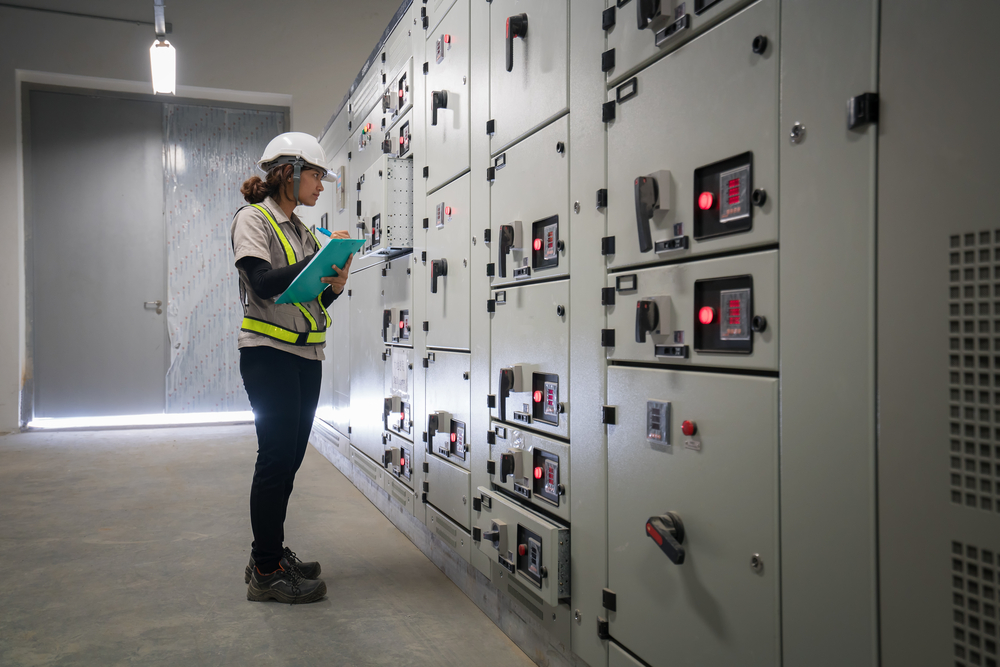SPDs: when and where to use them

SPDs are used in electrical installation systems to protect against transient overvoltages (also called voltage spikes) that can damage electrical equipment and sensitive components.
All electrical components are susceptible to surges, and these can be natural (from lightning) or man-made (from overloading or switching).
The function of the modern SPD is threefold. They:
- provide equipotential bonding to the services, reducing the risk of flashovers when current is injected into the ground
- reduce transient energy entering into a facility from a direct or indirect flash to the service
- protect internal electrical and electronic equipment
An easy way to remember these functions is to recall that SPDs protect equipment, whereas RCDss protect people.
Should they be everywhere?
The 18th Edition of the IET Wiring Regulations (BS 7671:2018), which has been in effect for over a year now, has highlighted some important points to consider regarding SPDs and their use in today’s world.
A ‘single dwelling’ can be a one bedroom flat, a part of a tower block or a country mansion – the risks are highly variable and should be considered carefully in each case.
But does it demand their use on all installations?
While BS 7671 now has a much stronger focus on the use of SPDs, it would be wrong to say that some 27 million installations in the UK are suddenly at risk. First and foremost, a designer or installer should consider if protection against transient overvoltage is needed.
Installations should be functional, useful and always safe. SPDs are not the be-all and end-all of safety, but any decision to use them should be based on thorough, fact-based risk assessment.
Gary’s notes on the 18th Edition:
What the regulations say: Protection against overvoltages shall be provided where the consequences could result in serious injury to, or loss of, human life.
Gary’s note: Where an overvoltage poses a risk to life, they must be fitted. However, hospitals have a lot of protection and supplies in place. It is not the case that simply all systems must have SPDs.
What the regulations say: Protection against overvoltages shall be provided where the consequences could result in interruption of public services and/or damage to cultural heritage.
Gary’s note: Safety critical or relevant parts of museums etc would require protection. However, not all public services are critical.
What the regulations say: Protection against overvoltages shall be provided where the consequences could result in interruption of commercial or industrial activity.
Gary’s note: The risk is different in various commercial sites; some have a tolerable risk.
What the regulations say: Protection against overvoltages shall be provided where the consequences could affect a large number of co-located individuals.
Gary’s note: This is covered by the notes above
Calculating the risk level
While not all installations require SPDs, a risk assessment should always be considered.
This involves a calculation based on the Calculated Risk Level. This requires knowledge of figures including environmental factor (fenv), risk assessment length in km (LP), and lightning ground flash density (Ng).
If all the required data is at hand, the calculation is simple enough – ECA members can even use our handy SPD calculator to do so (simply visit eca.co.uk/spd on desktop or mobile).
CRL = fenv / (LP x Ng)
A closer look at the regulations
This Regulations also allow for SPDs to be omitted from a so-called single dwelling, where ‘The total value of an installation and the equipment therein does not justify such protection’.
This does not mean that simply adding up the cost of equipment is the way to calculate the benefit of SPDs. A ‘single dwelling’ can be a one bedroom flat, a part of a tower block or a country mansion – the risks are highly variable and should be considered carefully in each case.
Find out more
For more information on SPDs, the 18th Edition and other technical guidance, visit www.eca.co.uk/technical.
Are you up to date with ECAtoday?
ECAtoday is the official online magazine of ECA and reaches thousands of people within the electrotechnical and engineering services industry.







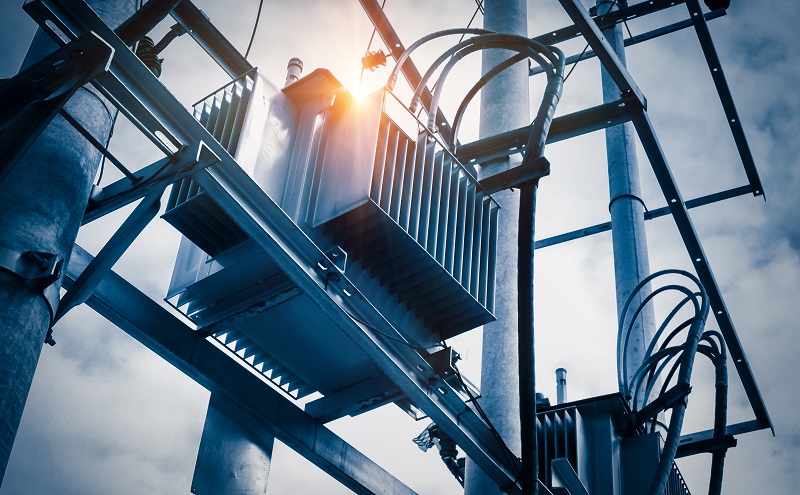

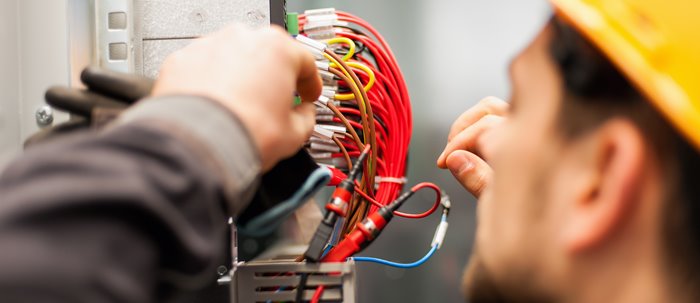
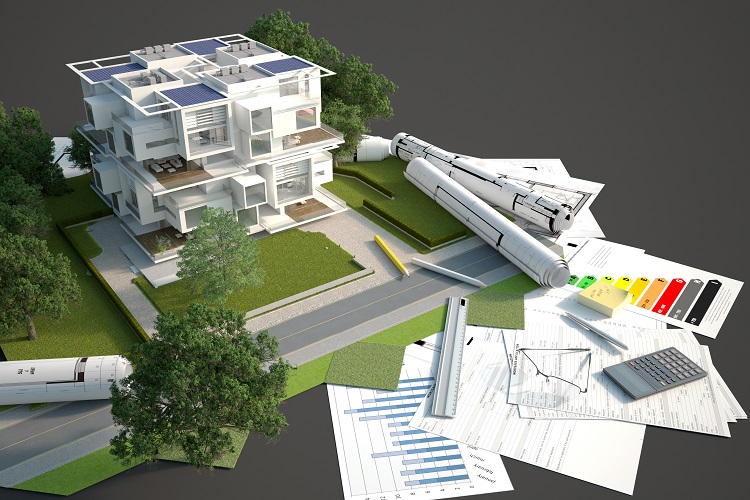

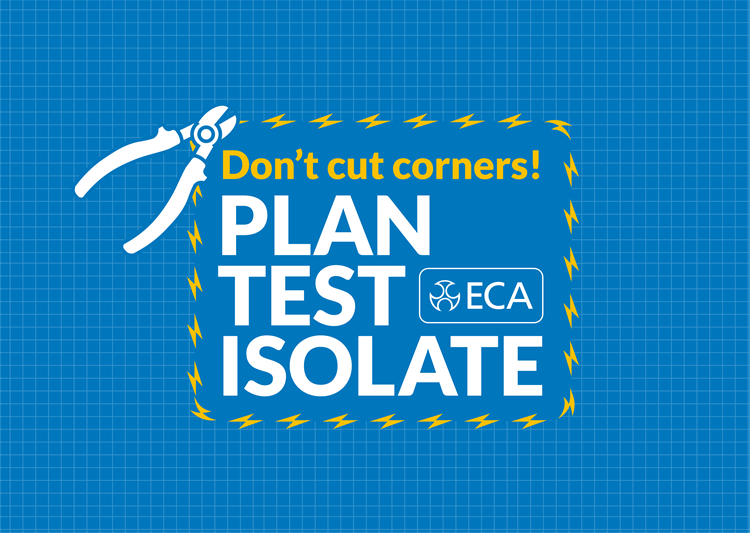

.jpg?width=1000&height=667&ext=.jpg)
